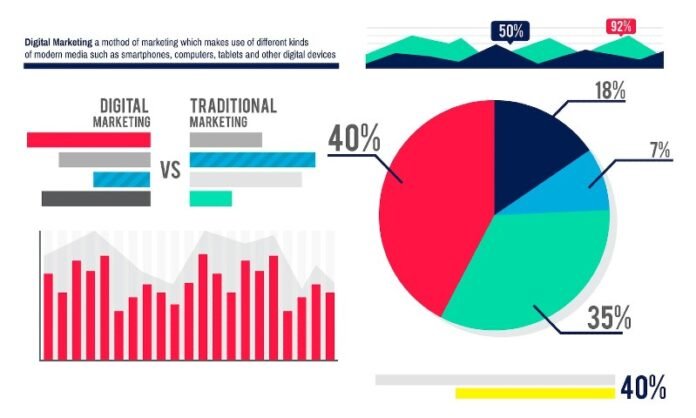Every business sector is fundamentally dependent on the ongoing pursuit of excellence in processes and final goods. A crucial aspect of this endeavour is the application of several instruments and tactics to facilitate quality assurance. One of these tools is the Pareto Chart, which may greatly speed up the process of identifying and fixing flaws when applied correctly. We explore the fundamentals, uses, and advantages of the Pareto Chart in quality control in this post. We explore the fundamentals, uses, and advantages of the Pareto Chart in quality control in this post.
Understanding Pareto Charts
Pareto Charts are a type of bar graph that are used in quality control to detect the various sources of defects and evaluate which ones significantly effect the quality. The term “Pareto” comes from the Italian economist Vilfredo Pareto. It combines a line graph that gradually sums up the frequencies with a bar graph where each bar represents an attribute or quality issue.
The Pareto Principle, sometimes known as the “80/20 Rule,” states that about 80% of consequences result from 20% of the causes. This idea underpins the Pareto Chart’s operation.
What makes the chart useful is that it makes it evident where efforts should be directed in order to achieve meaningful quality improvement. Organisations can pinpoint their main areas of concern and then distribute resources in a focused and effective way by using Pareto charts effectively. Thus, in quality control processes, Pareto charts act as a clear, understandable, and potent data visualisation tool.
Decoding The 80/20 Rule in Pareto Charts
As was previously mentioned, the Pareto Principle states that a minority of factors frequently influence the majority outcomes. This principle translates to the notion that the top 20% of reasons account for 80% of a company’s problems in terms of operations.
Pareto charts are a useful tool for businesses to quickly discover the key elements driving their operational outcomes by displaying data in a way that highlights this principle. Organisations can address issues methodically and in a way that can result in the biggest gains when these important variables are recognised. Through the use of Pareto Charts to decipher the 80/20 rule in their processes, organisations may maximise resource allocation, increase quality, and streamline operations.
Applying Pareto Charts for Root Cause Analysis
Pareto charts are mostly used in quality control for root cause analysis, which is the process of identifying the causes of issues in order to stop them from happening again. A Pareto analysis, for example, can be used in a manufacturing company to determine the kind of flaws that are most common in a certain product line.
Teams are guided by the chart to look at these common problems first and identify their underlying causes. Teams can reduce these frequent problems and significantly raise the general calibre of their output by doing this. In addition to the manufacturing industry, Pareto Charts are used in the retail, hotel, healthcare, and service sectors, where they promote service and customer satisfaction enhancements.
Leveraging Pareto Charts to Improve Quality Management System
Pareto chart integration can lead to better problem-solving skills and increased visibility of quality concerns inside an organization’s Quality Management System (QMS). Because of its graphical portrayal, data is easier to read and comprehend, facilitating strategic planning and well-informed decision-making. Pareto analysis can help optimise the QMS by pointing out regions that need training and pointing out areas for development. Consequently, there will be more cost savings, less reworks, better quality control, and overall increased operational efficiency.
The ease of development, customization, and sharing of Pareto charts is made possible by the availability of contemporary computing tools. Because of its simplicity of use, integrating Pareto analysis into the QMS provides a quick and efficient method for ongoing development. As shown, utilising Pareto analysis effectiveness could significantly improve a company’s quality control procedure and data-driven decision-making. The usefulness of a Pareto analysis as a whole cannot be emphasised. It offers a reliable technique to identify and address serious quality control problems head-on, laying the foundation for continual advancement and excellence in organisational operations.


